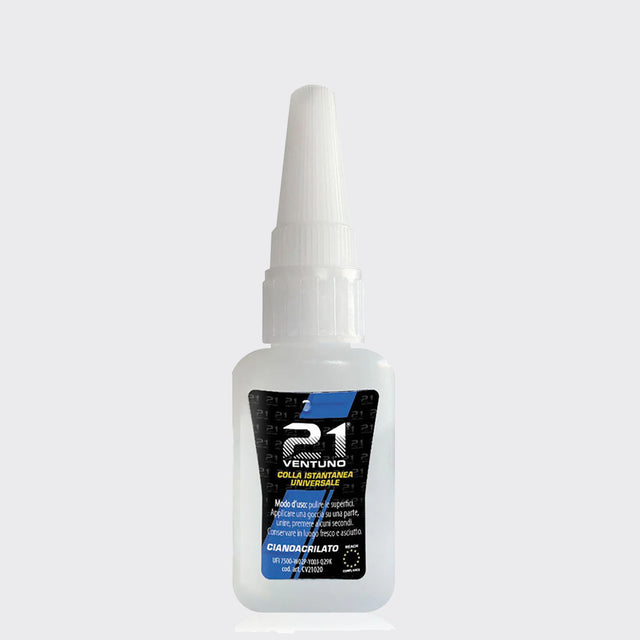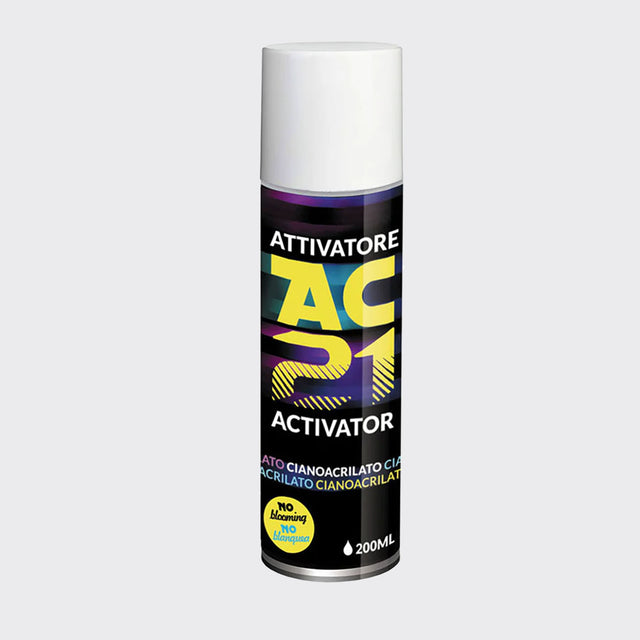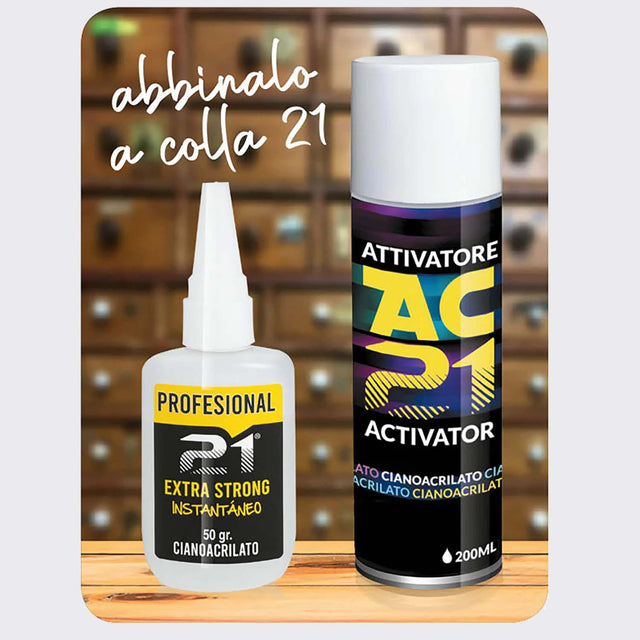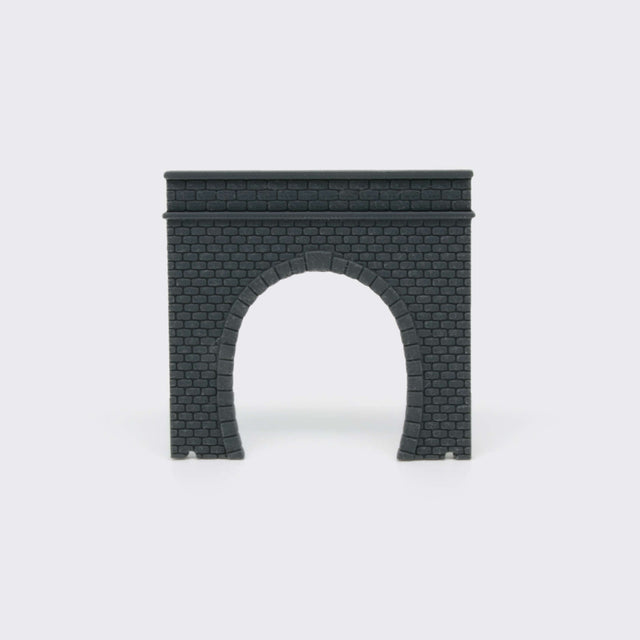
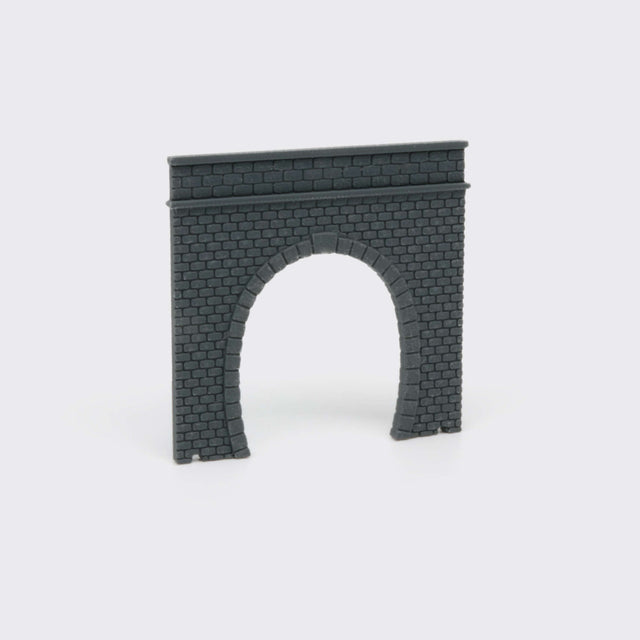
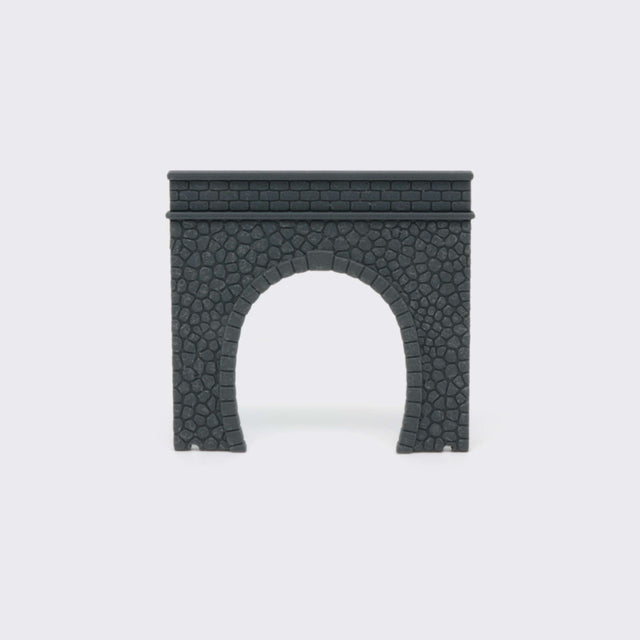
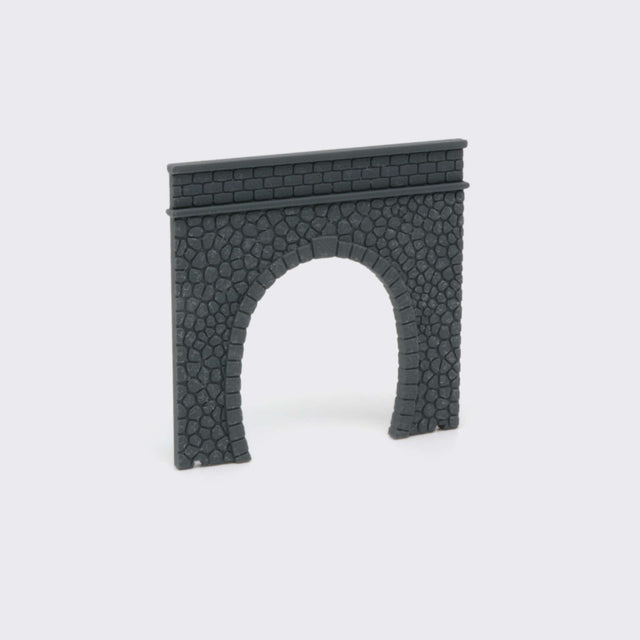
1 track gantry for narrow curves - Scale N
N scale reproduction (1:160) of a tunnel portal for single track railway lines. Tunnel entrance widened according to NEM standards for model making to adapt to lines with sharp curves R1 = 194.6 mm, R2 = 228.2 mm, R3 = 261.8 mm, R3a = 295.4 mm (Fleischmann standard). Suitable for both lines with and without catenary.
3D printed with FDM technology in ecological dark gray PLA material, it is supplied to be painted.
Possibility of choosing between a brick or stone cladding.
The product is designed to be combined with the tunnel code 1251.R123 for wide curves and accessories such as a brick column for portals with code 1252 and the side containment walls code 1253.

Finishing of bioPLA portals
Assembly
The portal is supplied in a single piece, it does not require assembly. When assembling to other related items, use cyanoacrylate glue for a quick and resistant fixing.
Surface preparation
Remove any surface burrs and lightly sand with 180/240 grit sandpaper and possibly a second pass with a finer grit. With the piece clean and dry, it is recommended to use a spray putty to even out the surface and eliminate print streaks. Make several light, quick passes until you are satisfied with the uniformity of the surface. Be careful not to overdo it so as not to lose the details of the surface texture. Alternatively, you can also use liquid chalk or thick paint applied in several coats.
Painting
Subsequent painting can be done with opaque acrylic colours.
I recommend using at least two basic colors to bring out the three-dimensionality of the surface: one for the bricks/stones and the other to use between the interstices of the same.
There are two techniques that can be used:
1. Apply a first coat of uniform and covering color with the color you want to obtain in the raised parts (bricks or stones). When dry, apply the second very diluted color (the one you want to obtain between the gaps) and dab with a sponge or absorbent paper only on the raised surface to remove excess colour. Give more passes until you are satisfied.
2. Apply a first coat of diluted color (whatever you want to obtain between the gaps).
When dry, apply the second color by dabbing very lightly on the raised surface with a sponge. Give more passes until you are satisfied.
Subsequently, other colors can be given with the dry brush technique or with spotting powders to give the product a more lived-in and less uniform appearance.
Allegati
ACCESSORI INDISPENSABILI
PER INCOLLARE I TUOI PRODOTTI

ISCRIVITI ALLA NEWSLETTER
OTTERRAI UNO SCONTO DEL 10% SUL TUO PRIMO ORDINE
Sarai aggiornato sui nuovi prodotti e nuove offerte. Senza disturbarti troppo.
Payments
We use safe, secure and traceable payments with VISA, MASTERCARD and PayPal credit cards
We also accept bank transfer
Shipping
Free for orders from €89.00 in Italy and Europe
Italy €7.90 with express courier
Europe from €9.90 with express courier
Customization
Follow this icon.
We make you a customized product.
Customized sizes suitable for every need
contact info
OBJETICA
by Nannini Guido
Via Bonacini, 191/a
41121 Modena (MO)
Italy
VAT number 04085790360
mail@objetica.com
+39.059.4724524
afternoon only, 3pm - 6pm


